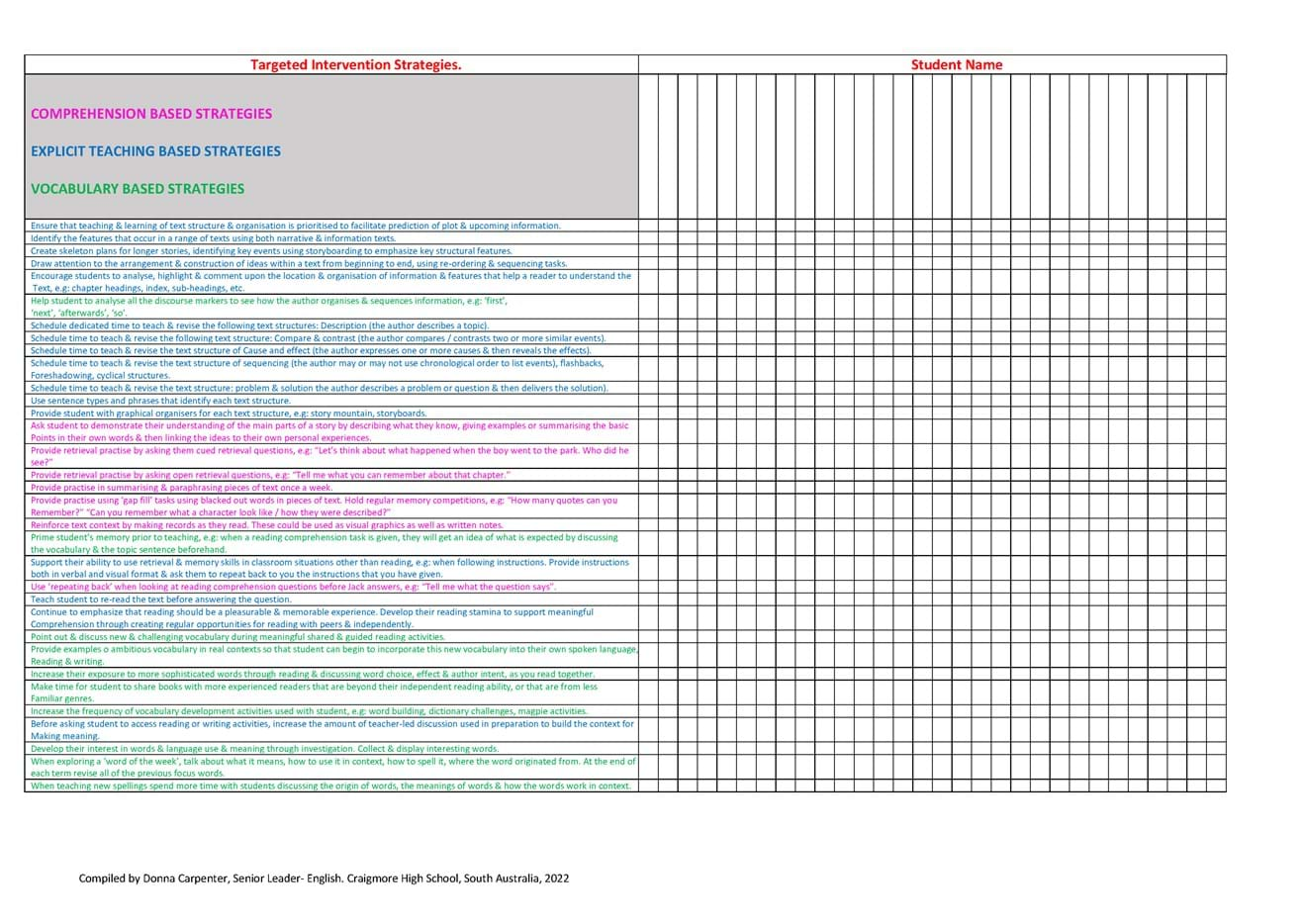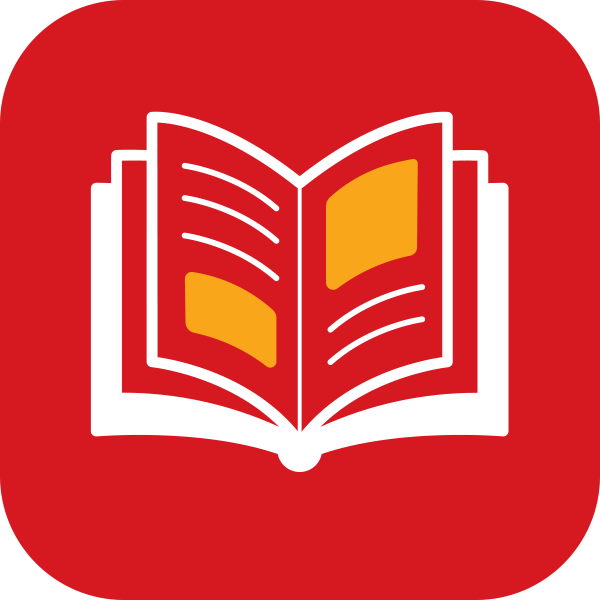“ ”
Rosie Heinicke, Principal of the school, explains more: “We are a large secondary school and trends show us that a significant percentage of students come to us with a reading age that is less than adequate to access their year level curriculum.
"We previously used a range of tests, however they didn’t come with strategies to support and differentiate learning for each student and didn’t give us a deep enough understanding of the language difficulties that the students were bringing to us.
"GL Education’s New Group Reading Test (NGRT) was recommended to me by a colleague. This allows schools to assess students’ reading and comprehension skills in a single test. The assessment is adaptive – so questions are automatically presented, based on the student’s responses as they work through the test.
"The reports generated from the NGRT dashboard help us to understand the level of difficulty that our students are having with comprehension. They also support us with identifying the best next steps and complement the other standardised testing data that we hold for our students.”
Melissa Saliba, the school’s Senior Speech Pathologist goes on: “We were already able to identify those students with obvious reading intervention needs, using screening assessments. But with NGRT we had a test that we could deliver to all students. It allowed testing across the whole cohort, and helped us to identify students that we might otherwise have missed, as well as providing information on every student that we previously hadn’t been able to see using the resources that we had.”
Introducing NGRT to assess and track reading and comprehension skills
The school began using NGRT in 2021 – with the tests being delivered twice per year. Rosie explains:
“Our teachers administer NGRT across Years 7 to 9. We also administer NGRT to our targeted group of students – our aboriginal students and our non-English speaking background students, so that we can assess their reading age and plan how best to intervene to support them.”
The NGRT assessment was initially introduced to middle years English teachers in stages, setting up a professional learning community in small teams. This allowed time for discussion and to build understanding of the reports and how the teachers could use the implications for teaching and learning strategies.
Rosie explains more: “We started with our English department, not because we believe that literacy is solely something for the English team to look at, but because they had the pedagogical knowledge and understanding that allowed them to access the data and strategies more easily. From there they were able to talk to staff in other learning areas and support colleagues with using and understanding the test data and strategies.
"The NGRT data is made available via our learner management system – so everyone can see where each student is at, and view the strategies to support them. We did a lot of exploring of the reports with the teachers in different formats – then showed teachers the portal, so that they could extract reports themselves.
"We introduced things gradually – meeting every five weeks to look at the next step and the next bit of data. We started with the class reports first, and that helped teachers to get their heads around the data. Then we introduced the individual student reports – printing these, so that they could make notes.
"We came together in small learning teams to look at the data for our classes and identify those students who were below the required reading age, those at the required reading age, and those well above the required reading age for their year level and chronological age. Initially we chunked the strategies for these three groups – but then for the students who were the outliers, we could drill down and see what strategies were appropriate for those individuals.
"It’s about giving the teachers confidence to be able to read the data. Once they were comfortable, the teachers were up and running.”


Class overview heatmap compiled by Donna Carpenter, Senior Leader - English, Craigmore High School, South Australia, 2022

Grouping to support targeted teaching
Since implementing NGRT, the team have really seen the benefits. Rosie explains: “Compared to what we used before, we found the NGRT data was really precise and concise around a student’s reading learning needs and clearly gave us the information that we needed on decoding and comprehension."
Melissa goes on: “We can now look at students with similar patterns – then we can look at similar strategies to support them. One teacher did a heat map that really helped them to segment their students and see which ones had similar needs, so they could target their teaching.”
Rosie explains: “Our teachers are able to set up target teaching groups within their classes, around the needs of the students. We have also used the data to establish classes and reduce the variance in reading age within a class from up to 12 years to 5-6 years.
"We’re not a school that believes that streaming is the way to go, but do believe that targeted teaching needs a reduced diversity in the class to be able to get across all the needs of the students. Using NGRT data has certainly helped us with class composition. When a student enrols we are now able to deliver the test and make an assessment on where it is best to place them, based on their literacy needs.”
Understanding and supporting comprehension
The tests have particularly helped the school with understanding each student’s level of comprehension. They have a high number of English as an Additional Language (EAL) students, who can often appear to be competent readers, but who may need support with developing their comprehension skills.
Rosie explains: “I believe that without NGRT, teachers would not have a clear understanding of how to support students’ comprehension needs. We know that’s a real target for us – many of our students can decode, but need to develop their comprehension skills. They can read, and could be fluent readers, but the comprehension might not be there. The NGRT data has helped teachers to be able to be very targeted around how they set up group work in their classes and how they set up activities and deliver them to different students.”
The data has helped with target setting and personalising learning. Rosie explains: “Some teachers are sharing reports with students and looking at target setting with them. They discuss what the student is looking to improve that year, and how they can improve the identified aspect of their reading or comprehension ability. It gives motivation to the students to be able to do that – and see it tracked with the tests at the start and end of the year.
"At Year 8 and 9 there is a focus on connecting the learning of vocabulary to decoding, comprehension and reading fluency. In Year 7 and Year 8 we have GRASP classes – our grammar, reading and spelling program. GRASP is for students who have significant challenges with decoding – they take part in a phonics-based programme that Melissa delivers alongside our teachers.”
“ ”

In conclusion
The team have seen a marked improvement over the last two years. Rosie explains: “In NAPLAN we had a 5% increase in our reading data for our Year 9's last year. That was significant, as we had been relentless about targeted teaching that was informed by the triangulation of NGRT test results with other reading achievement data. There were other strategies that we had put in place as well, but this significant increase in our reading results was pleasing to see.“
Support from the senior team really makes a difference. Melissa agrees: “A really valuable thing that Rosie has done is to release teacher time to set up learning slots together as a team. The provision of information and support has also been such that it’s been easy for teachers to take that knowledge in and make the most impact with it.”
Rosie concludes: “There’s so much data that gets provided, it’s really key to have a leader who’s going to drive it – to ask the challenging questions, put the provocations on the table. Our teachers work together collaboratively around interpreting the data and thinking about how they’re going to respond to the data. They value NGRT because it comes with both the analysis of reading and comprehension skills and the strategy ideas to move forward and have a real impact for every student.”



